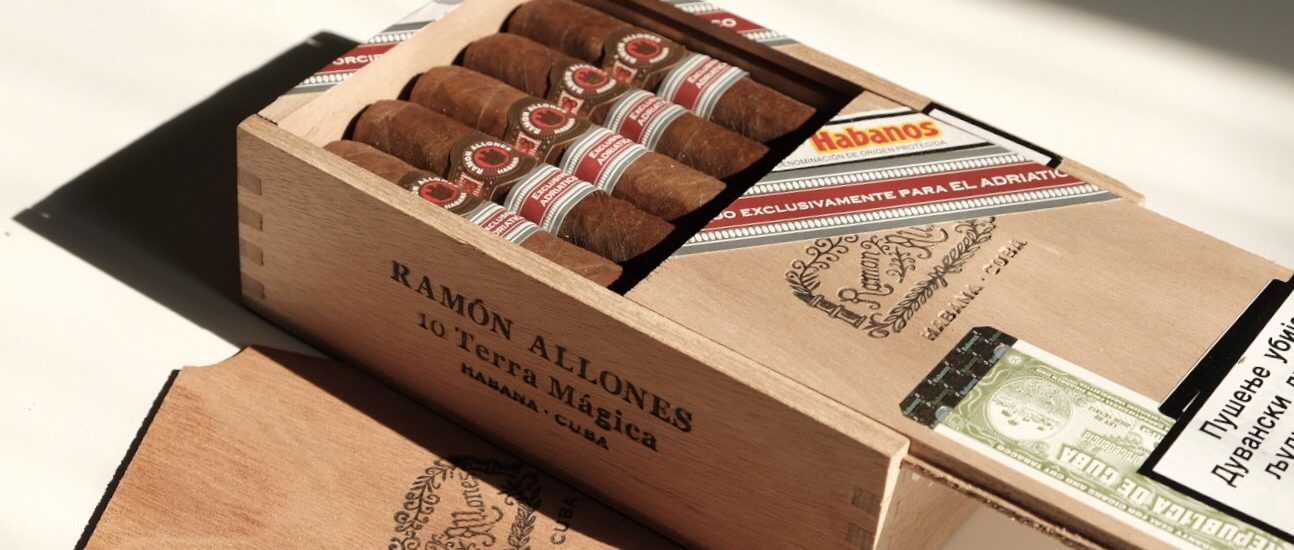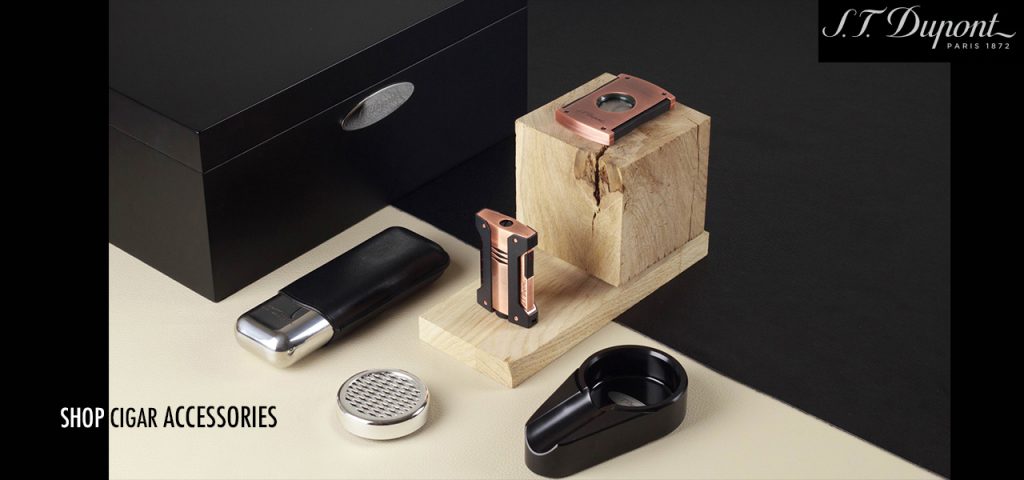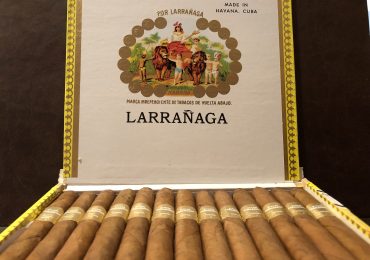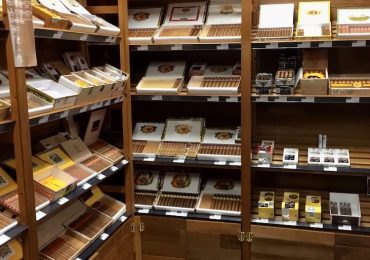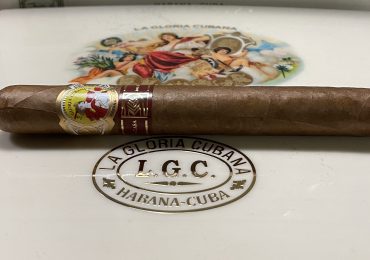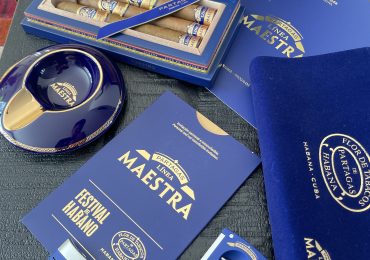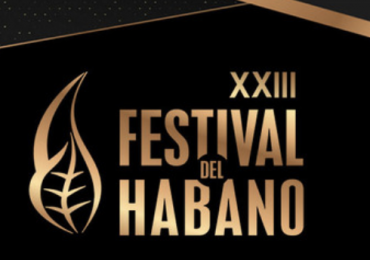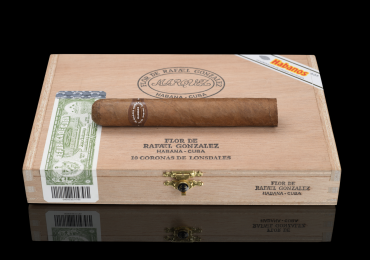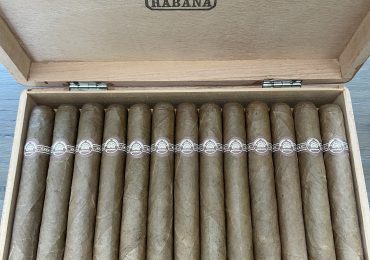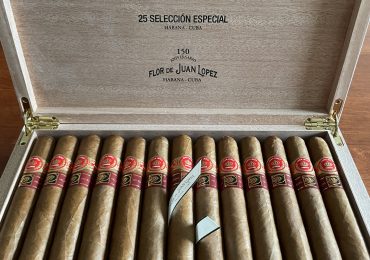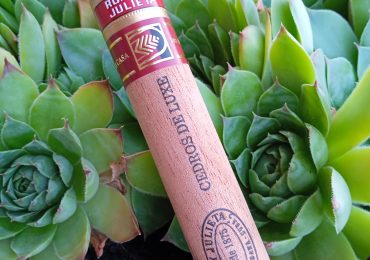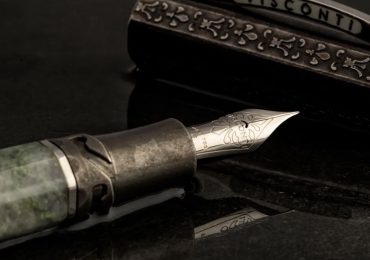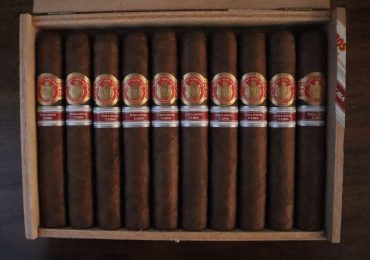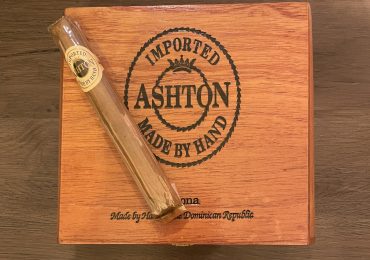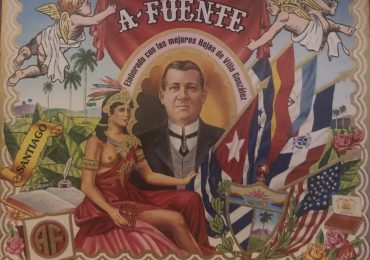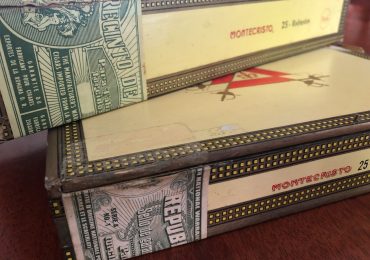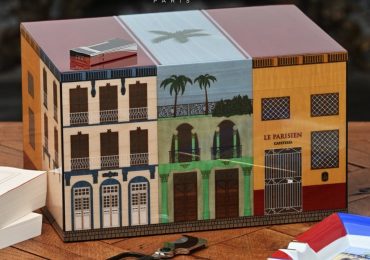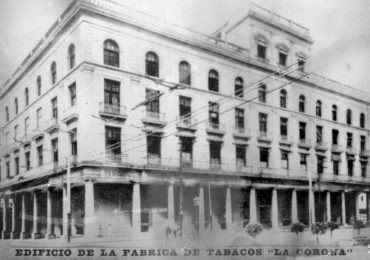Ramon Allones is just peripheral to the popularity of Habanos “big six” Global brands, yet no other Cuban has received such unanimous praise from aficionados. The cult status of its Robusto-sized “Specially Selected” has eclipsed the brand itself as its most enduring and iconic vitola. Known for full-bodied dynamism and a complex body, the RASS has been a “go-to” staple in many smoking repertoires, inspiring confidence and brand loyalty rarely seen in the Habanosphere. The handsome presentation of the Ramon is just as easy on the eyes as it is consistent, evoking images of dark opulent wrappers against the now-iconic, embossed gold band.
RAMON ALLONES – A SHORT HISTORY
There is a fascinating history beneath the brand’s gorgeous lithography, one that has indelibly shaped the cigar world as we know it. Ramon Allones is the second oldest continuously produced Cuban cigar after Por Larranaga, founded by brothers Ramon and Antonia in 1837. Recognized for revolutionizing cigar packaging, these tobacconists have been credited with introducing the colorful embossed lithography and gorgeous neo-classical tableaus that have helped elevate the simple tobacco receptacle to an art. It’s inconceivable to imagine a premium cigar without its identifying band (a sad reality Canadians and Australians are dealing with at the moment), yet even this feature traces back to the Allones legacy. Aficionados may be well acquainted with the interior crest that adorns the front and interior of boxes of 25. The ornate design traces to a Spanish Royal House, appealing to Allones’ Galician roots and establishing the brand as a favorite amongst a royal clientele. High-profile clients included Prince Albert of the house of Windsor in the mid-19th century.
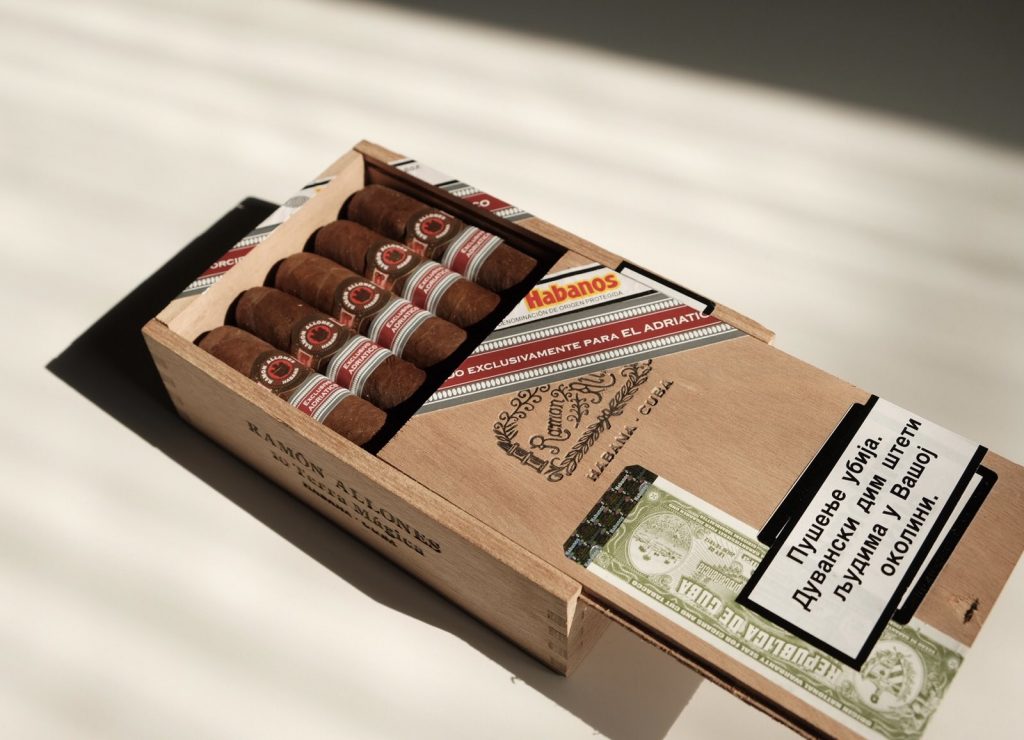
The U.K.’s love affair with Ramon Allones is well documented, these early forerunners of “premium” Habanos enjoying considerable success well into the 20th century. British importers Hunters owned the brand between 1911 and 1927, and if the range of their 62-vitola strong portfolio is any indication, Ramon was a household name synonymous with prestige and quality. Following this period, the brand was purchased by Cifuentes, Pego y Cia, moving production to the iconic Real Fabrica de Tobacos Partagas behind the Cuban Parliament building. Today the brand’s three remaining regular production vitolas are still rolled alongside its more famous sister brand, Partagas, at the newer Calle San Carlos location.
The advent of World War II cut off Ramon from its principal market, with Britain plunged into a period of wartime currency policy, austerity, and ration cards, effectively banning cigar importation until 1952. Alfred Hitchcock famously contributed to the war effort boosting morale back home by sending over boxes of Habanos to his friends in the U.K. during the cigar drought. Notably, his beloved Montecristos were considerably less popular and appreciated than Ramon Allones in this period. Following the war and restrictions, a 1957 catalog listed only ten sizes in regular production from the brand.
The Cuban Revolution left Ramon Allones relatively unscathed, with Hunters commissioning the novel 8-9-8 configuration for Corona boxes of 25 just before, in 1958. With the international situation stabilizing, the brand remained prominent until the 80s. A decade prior, Cubatabaco began subsuming and integrating vitolas favoring the more famous sister brand, Partagas. Sizes were subtracted and added in correlation with Partagas and Montecristo’s rising popularity and the breaching of new international markets. With a considerably weakened portfolio, Allones found itself victim to this reorganization and changing fashions. According to esteemed cigar figure Simon Chase, turnover for Ramon was three times higher than Montecristo in 1970, only to have fortunes reversed in 1980, with the latter becoming three times more prevalent.
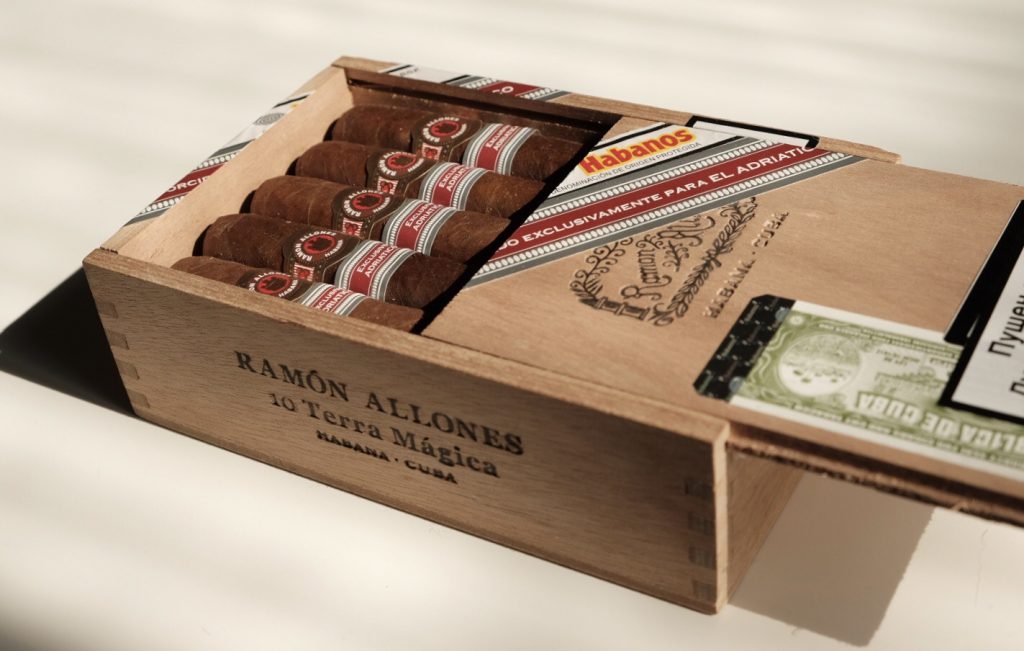
THE BRAND TODAY
Ramon slowly fell to the wayside as a relic of a time past. With its glory days long gone, a final wave of discontinuations in the late 90s and early 00s would reduce the brand’s arsenal to three sizes; the Small club (42 X 110mm), the Specially Selected (50 X 124mm), and the Gigantes (49 X 149mm). Even so, this limited portfolio was enough to spark intrigue and confidence in a new generation of smokers. A hit amongst those with a penchant for full-bodied Nicaraguans or Habanos, Ramon Allones become a leading example of an “old-school” style cigar. Each stick is a culmination of a nearly 200-year-old history of pioneering cigar blending and rolling techniques that have established today’s gold standard.
REGIONAL EDITIONS BY RAMON ALLONES
Ramon’s mythical pre-revolutionary appeal and its presentation evoking artistry and luxury have since been fully recognized by Habanos S.A. The brand has been the ultimate conduit for the highly successful Regional program, launching 48 unique sizes between 2005 and 2020. This move doubled down on Ramon Allones’ mystical appeal over the past decade, for many solely through its association with limited releases.
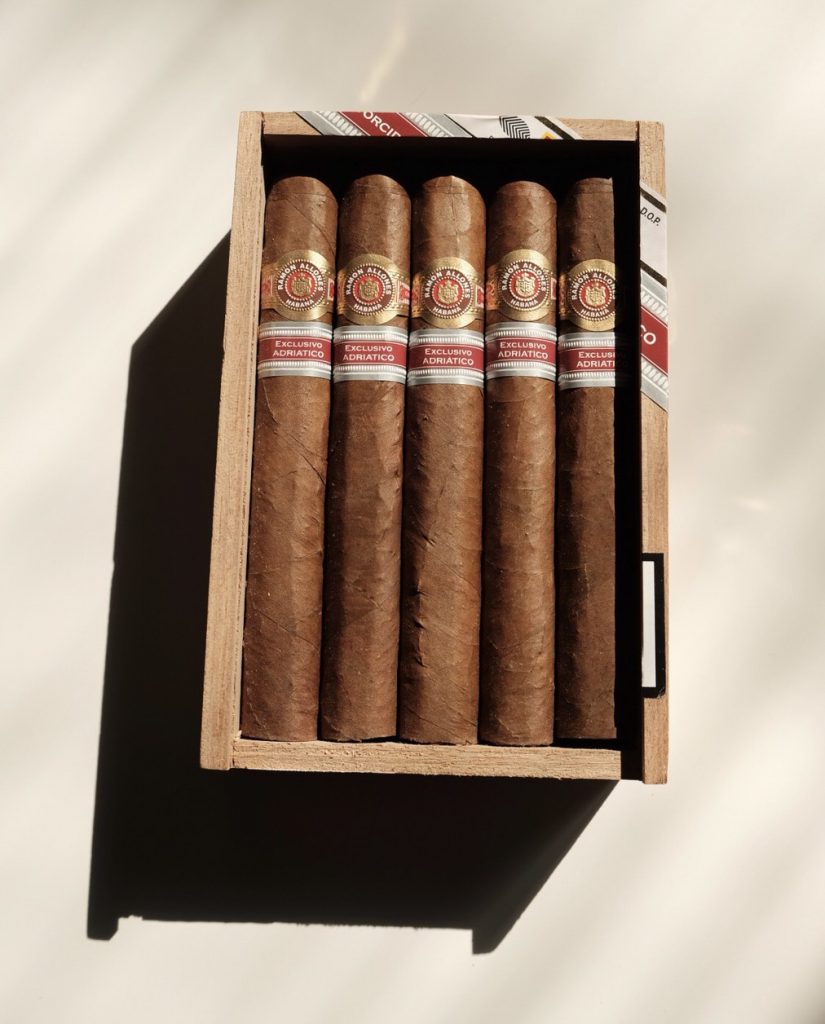
ADRIATICO REGIONAL EDITION “TERRA MAGICA”
Enter the Ramon Allones Terra Magica; this 2016 release is the second of only two cigars commissioned for the small Adriatic market, servicing the Western Balkans. The inaugural 2008 Vegas Robaina Marshall was the first to test the waters for this oft-neglected area and was one of Habanos’ most limited releases. Only 1,500 boxes of 10 were produced, well below the 25,000 stick order traditionally required for regional commissions. Eight years later, the Terra Magica arrive in a seductive 50 X 155mm Dobles or Robusto Extra vitola; literally, the long-awaited “extension” of the original Robusto sized Marshal, few were lucky enough to experience.
Just as the name indicates, the 10-count slide lid box reveals a delectable terrestrial scent of barnyard and hay, unmistakable for the farmlands of the Vuelta Abajo.
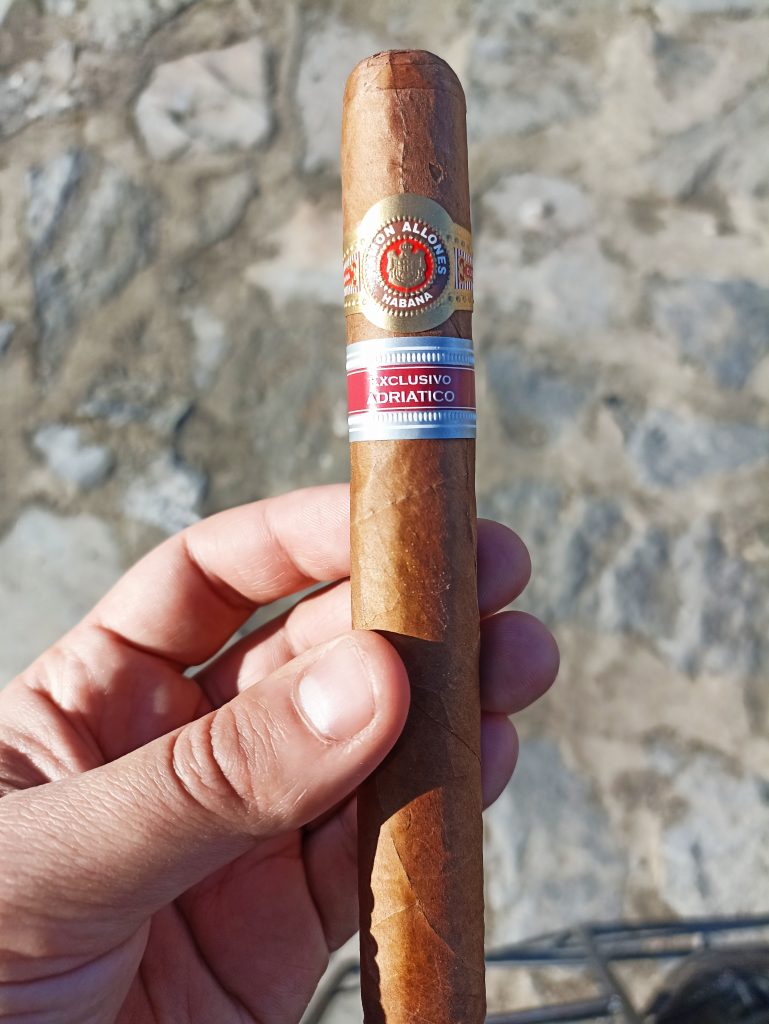
TERRA MAGICA CIGAR REVIEW
Cold Draw: Trimming the edge of the triple cap, the cold draw reveals a faint caramel and molasses. Concentrating further, faint tastes of salt and flint are perceptible.
First Third: I’m surprised at the unambiguous bread profile upon toasting the foot. The yeasty character of a freshly baked baguette comes to mind. This perfectly constructed and packed stick supports the perfect draw for the harmonious medium-strength blend. On the tail end of each puff, subtle hints of graphite and topsoil are delivered, harkening the cigar’s terrestrial aroma.
Second Third: The bready body gives way to the mineral character, with more prominent hints of topsoil and salt. Strength intensifies, with savory baking notes alternating with barnyard sweetness, underscored with a toothy wood note and slight char, imparting an edge at the back of the mouth.
Last Third: The flavor profile remains consistent while the construction opens up, delivering plenty of billowing smoke enhancing the richness of the blend. Strength picks up without overwhelming the balance until the last 3 cm of the cigar, with an astringent finale.
FINAL THOUGHTS ON THE RAMON ALLONES ADRIATICO REGIONAL EDITION “TERRA MAGICA”
The Terra Magica may deviate from the full-fledged strength and dynamism we’ve come to expect from the regular production profile; however, there’s plenty to be enjoyed with this limited Ramon Allones release. A solid curveball for devotees of this cult brand, the Terra Magica is smooth, rich, and accessible without ever compromising on character. Bearing the quintessential earthiness of Montecristo and baking spice refinement of Cohiba’s classic line, this cigar will be enjoyed far and wide by those who stumble across it.
—-
PHOTO CREDIT: Camille Asswad-Dubois
Leave a comment
